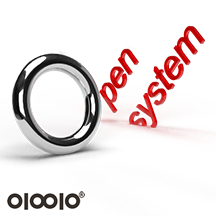Every business operates within a system. Some leaders unknowingly manage their companies as closed systems, where they attempt to control all variables internally. Others embrace an open system, adapting to external factors that influence their success. Understanding the difference can determine whether a business thrives or becomes obsolete.
What Are Open and Closed Systems?
- Closed System: A business that operates in isolation, assuming external factors (competition, market shifts, technology changes) will not impact its internal processes.
- Open System: A business that acknowledges external influences, adjusts its strategy accordingly, and continuously adapts to remain competitive.
Why Closed Systems Fail
Consider a bakery that produces the same bread every day, without considering external factors like customer preferences, new health trends, or fluctuating ingredient costs. Over time, its relevance declines, while competitors who innovate capture more market share.
How to Build an Open-System Business
- Monitor External Trends – Stay informed about industry shifts, economic changes, and consumer behaviors.
- Encourage Flexibility – Be willing to modify products, services, and workflows based on market demands.
- Embrace Technology – Utilize digital tools and automation to stay efficient and competitive.
- Listen to Customers – Feedback is a goldmine for innovation. Adapt to customer needs before competitors do.
Open systems succeed because they recognize that external forces shape success. The key to longevity is continuous adaptation.


